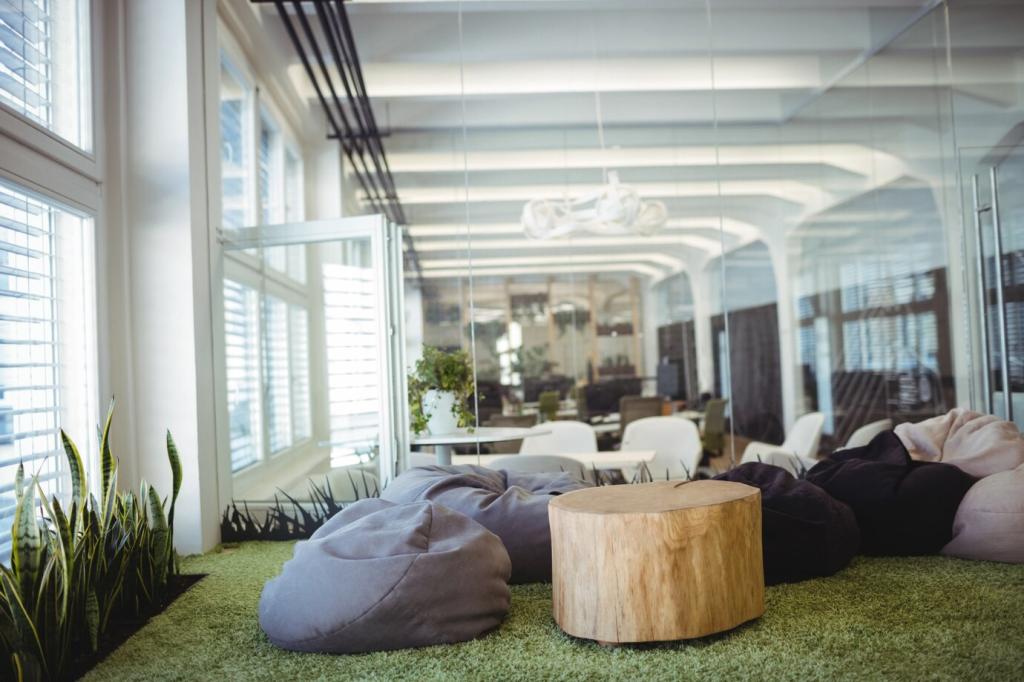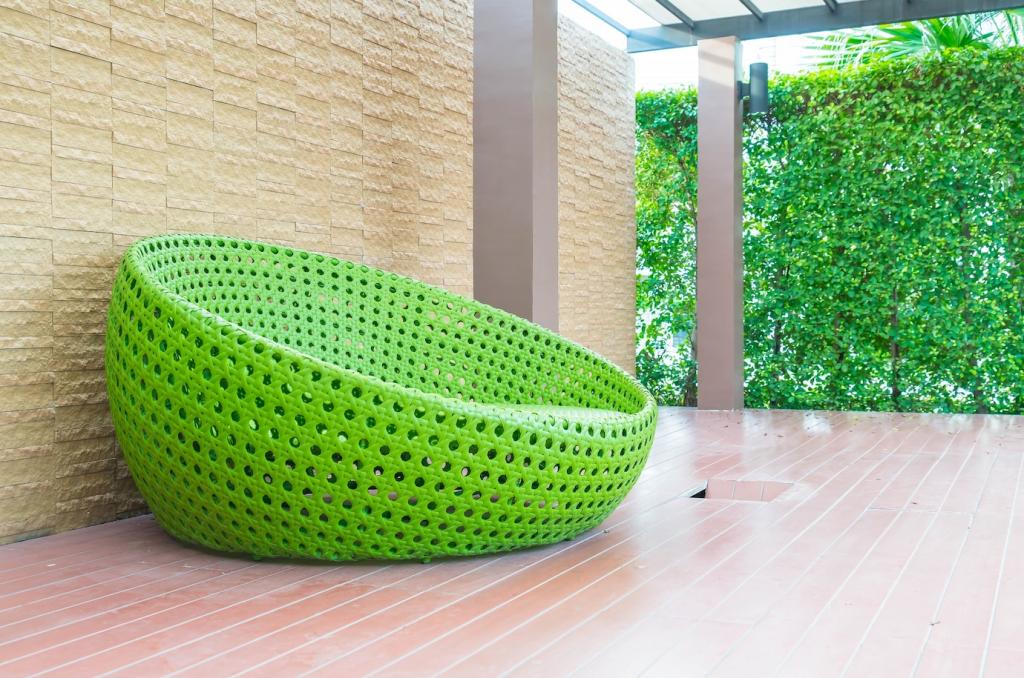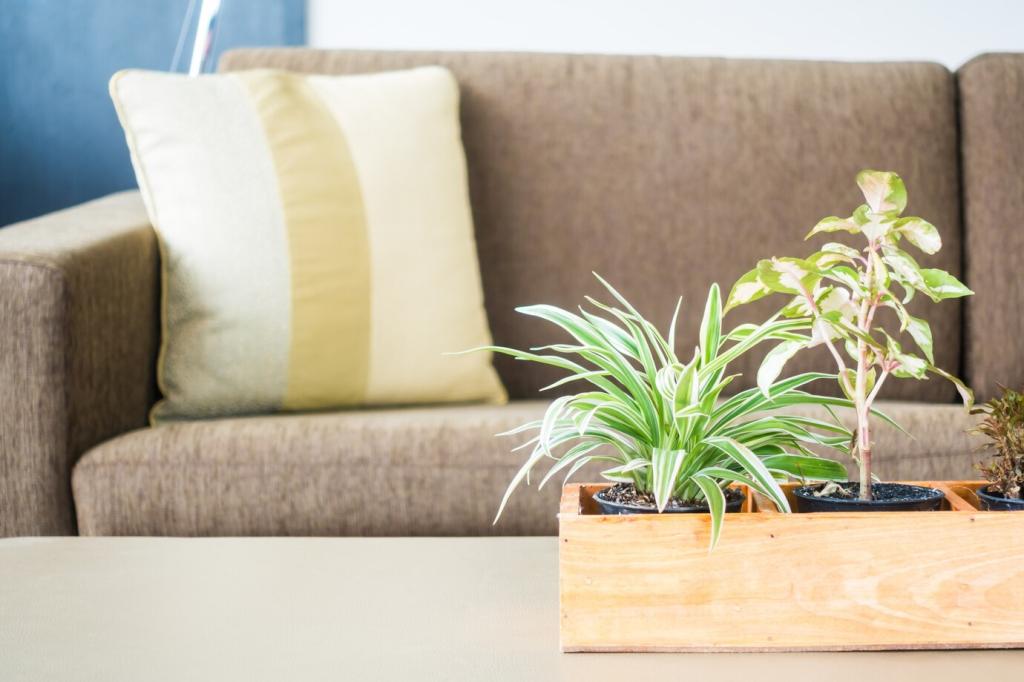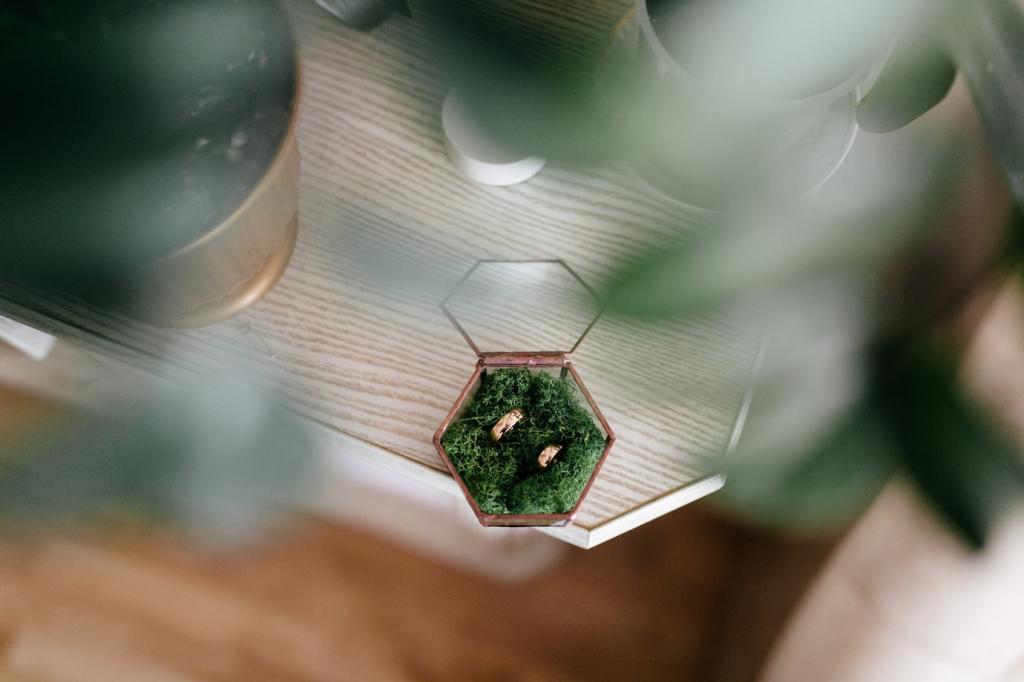Sustainable Furniture and Decor
Sustainable furniture and decor are transforming the design landscape by prioritizing eco-friendly materials, responsible manufacturing, and mindful consumption. Embracing sustainability in interiors not only benefits the environment but also brings unique character and longevity to living spaces. By making informed choices and valuing quality over quantity, individuals can create beautifully designed homes that respect both people and the planet. This page explores the principles, materials, ethical practices, and tips for seamlessly integrating sustainable elements into your décor.

Life Cycle Thinking
Life cycle thinking considers the entire journey of a product, from raw material extraction to its eventual disposal or recycling. By analyzing each stage, designers and consumers can identify ways to reduce environmental impacts, such as choosing rapidly renewable resources, non-toxic finishes, and products designed for disassembly. This holistic approach not only encourages responsible sourcing and manufacturing practices but also supports longevity and adaptation within interiors. Through life cycle thinking, each piece of furniture or decor becomes more than a purchase—it becomes a mindful investment in sustainability.
Energy Efficiency
Energy efficiency is a key consideration in sustainable interior design, influencing both product fabrication and usage in the home. Selecting energy-efficient lighting, appliances, and maintenance methods dramatically reduces carbon emissions and ongoing operational costs. When designing furniture and decor, manufacturers increasingly opt for production processes that use renewable energy sources and low-energy techniques. For consumers, energy-efficient products and thoughtful layouts maximize daylight, minimize waste, and contribute to healthier indoor environments—all of which are essential for sustainable living.
Minimizing Waste
Minimizing waste means making deliberate choices to reduce the amount of discarded materials throughout the design and furnishing process. Sustainable interiors often incorporate reclaimed or upcycled materials, vintage furniture, or modular pieces that adapt over time. Manufacturers and artisans are developing innovative techniques to repurpose manufacturing scraps, utilize circular design principles, and extend product lifespans. For individuals, repairing and refurbishing rather than discarding items also significantly decreases landfill contribution and conserves natural resources, creating spaces that are both eco-friendly and enduring.
Previous slide
Next slide

Eco-Friendly Materials in Furniture
Rapidly renewable resources, such as bamboo, cork, and certain fast-growing woods, are vital in sustainable furniture production. Their regenerative nature means they can be harvested with minimal long-term impact on forests or ecosystems. Bamboo, in particular, is renowned for its strength, versatility, and quick regrowth, making it a popular choice in flooring, furniture, and decorative accents. Incorporating these materials not only reduces deforestation but also promotes biodiversity, making them an intelligent and ethical solution for modern interiors.

Ethical Production and Fair Trade
Fair trade certification provides assurance that artisans and workers involved in producing furniture and decor receive fair wages, safe working conditions, and respect for their rights. These standards extend to environmental stewardship, requiring manufacturers to adopt sustainable practices and minimize harmful emissions. Fair trade certified products often trace their origins from raw material suppliers to finished goods, offering transparency that builds consumer trust. Choosing fair trade furnishings supports economic development in communities worldwide while encouraging a more ethical marketplace in the design sector.

